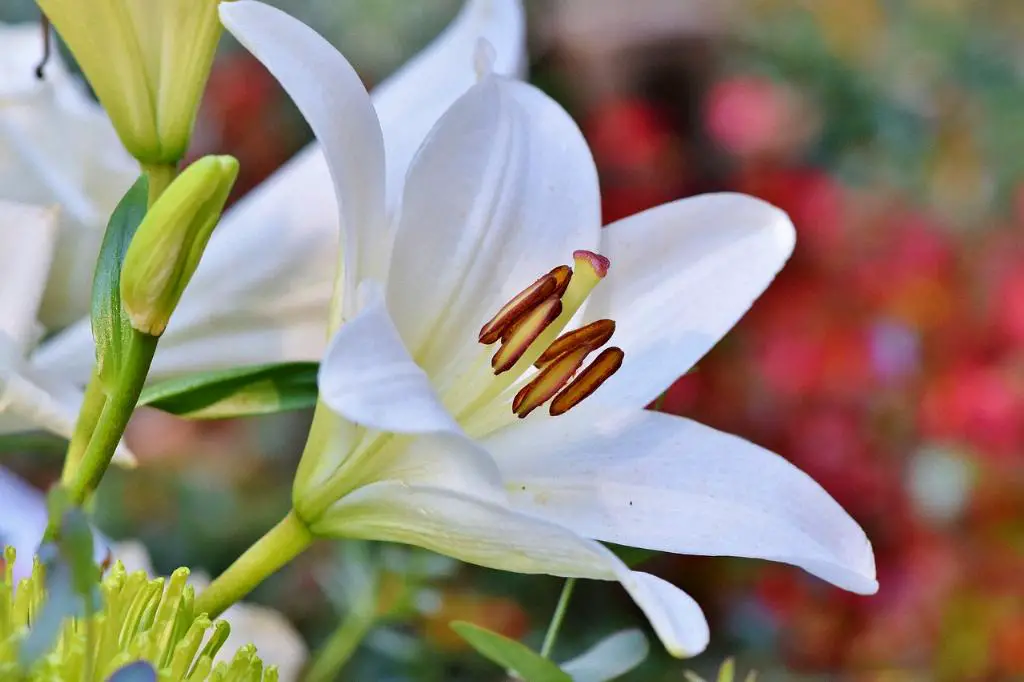When it comes to caring for your peace lily, understanding its lighting requirements is key to ensuring it thrives in your indoor space. Peace lilies are known for their adaptable nature when it comes to light, making them a popular choice for many indoor gardeners.
One of the most appealing qualities of peace lilies is their ability to do well in low-light environments. In fact, these resilient plants can thrive with as little as two to four hours of sunlight each day. This makes them an ideal choice for areas in your home that don’t receive a lot of natural light.
While peace lilies can tolerate low-light conditions, they truly shine when placed in bright, filtered, indirect light. This type of lighting mimics their natural habitat, where they grow beneath the canopy of trees, receiving dappled sunlight. Striking a balance between light and shade is essential for promoting healthy growth and vibrant blooms.
It is crucial to avoid exposing your peace lily to direct sunlight, as this can lead to sunburned leaves. Peace lilies are sensitive to intense sunlight, which can cause their leaves to become scorched and damaged. To prevent this, consider placing your peace lily in a location where it can enjoy bright, indirect light without being directly exposed to the sun’s rays.
When selecting a spot for your peace lily, keep in mind that it is always better to err on the side of less light rather than too much. Peace lilies are more forgiving of low-light conditions than they are of excessive light exposure. If you notice that your plant’s leaves are turning yellow or brown, it may be a sign that it is receiving too much sunlight.
In addition to considering the amount of light your peace lily receives, it is also important to take into account the quality of the light. Bright, filtered, indirect light is ideal for promoting healthy growth and blooming in peace lilies. This type of lighting provides the plant with the energy it needs to photosynthesize and thrive.
As with most houseplants, finding the right balance of light for your peace lily is a process of trial and error. Observing how your plant responds to its current lighting conditions can help you adjust its placement accordingly. Remember that each environment is unique, so what works for one peace lily may not necessarily work for another.
Regularly monitoring your peace lily’s leaves can give you valuable insights into its lighting needs. If you notice that the leaves are turning yellow or drooping, it may be a sign that your plant is not getting enough light. On the other hand, if the leaves are becoming pale or scorched, it could indicate that the plant is receiving too much sunlight.
Keep in mind that while peace lilies are relatively low-maintenance plants, they do benefit from regular care and attention. Adjusting their lighting conditions, watering them properly, and providing occasional fertilization can help ensure that they continue to thrive in your home. By taking the time to understand your peace lily’s needs, you can create an environment where it can flourish.
In conclusion, while peace lilies can survive in low-light conditions, they do best when placed in bright, filtered, indirect light. Direct sunlight should be avoided to prevent leaf damage. By finding the right balance of light and shade, you can help your peace lily thrive and grace your home with its elegant foliage and occasional blooms.

